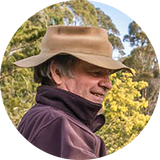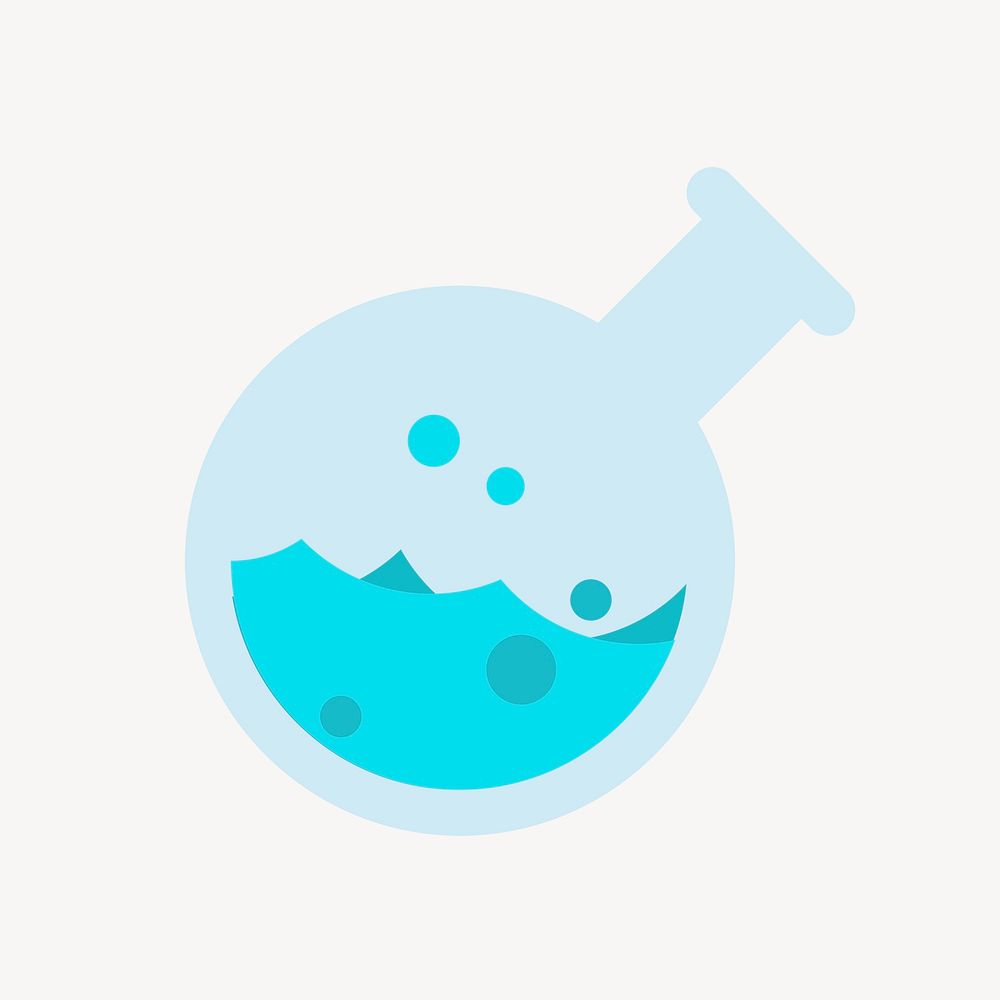Best Vegetables for Hydroponics
Which are the Best Vegetables for Hydroponics?
Choosing the right plants to grow using a hydroponic system can make a difference to ensure your hydroponic garden is a success. Depending on how experienced you are with hydroponics can also influence which plants it’s best for you to attempt to grow.
Leafy greens, such as lettuce, spinach, kale, and arugula, do well in hydroponics, as do things like tomatoes and peppers. It’s better to grow compact plants that have a short growing season hydroponically. Different hydroponic systems will be better suited to different types of plants. While you can grow virtually anything hydroponically if you’re prepared to invest the time and effort, there are plants which will naturally thrive better than others. To ensure your hydroponics journey is a success, the best vegetables for hydroponics will be covered below in more detail.
Best Vegetables to Grow Hydroponically
Lettuce and Leafy Greens
Lettuce and other leafy greens, like spinach and kale, are perhaps the most common vegetables grown hydroponically. That’s because they grow fast in a hydroponic system and are incredibly easy to care for. They grow well in pretty much any type of hydroponic system, including NFT, Aeroponics, and Ebb and Flow.
Tomatoes
Tomatoes are often grown hydroponically; however, one thing to keep in mind is that they require a lot of light. You will definitely need grow lights if you want to grow them indoors.
They might need help supporting their weight when grown in a hydronic system, so you can use a substrate in water, like pebbles. An Ebb and Flow system works best for growing tomatoes, and planting them in 3–5-gallon plant trays is ideal. You will need to prune tomato plants so that they don’t take over the entire area.
Cucumbers
Cucumbers are low-maintenance and highly productive. They come in many different varieties, including thick-skinned American slicers, thin-skinned seedless cukes, and smooth-skinned Lebanese cucumbers, and most of them do well in hydroponics. They can grow on bushes or vines. You might need to build a trellis or an A-frame to support cucumbers that grow on vines. If you want to avoid that, you should choose bush varieties. They grow really quickly, and unless you have a large family or are growing them to pickle, just a couple of plants will produce enough cucumbers for your daily needs.
Peppers
Peppers like the same conditions as tomatoes, so it makes sense to plant them together. They both like warm temperatures and lots of light. Peppers do best in DWC and Ebb and Flow systems.
Green Beans
Green beans are low-maintenance and hugely productive vegetables and they do well in hydroponic systems. Most varieties grow well in hydroponic systems, including green beans, pinto beans, lima beans, and pole beans. You might need to support pole beans with a trellis or an A-frame though.

Different plants are better suited for growing in different systems.
If you have a Wick system, the best plants to grow in this system are fast-growing lettuces or herbs. Plants that require a lot of water, such as tomatoes, would not do well in a Wick system.
Deep Water Culture (DWC) systems are well-suited for growing leafy greens, such as lettuce, kale, and spinach, as well as okra, bok choy, and peppers. As the plants are grown in what’s essentially a floating raft in a DWC system, it’s important to consider their weight, which means that heavier plants would not do well in a DWC system.
If you have opted for an Ebb and Flow system, plants that do well in this system include beets, tomatoes, beans, cucumbers, comfrey, and chicory. These types of plants do well because they have something tethering the plants, such as gravel or sand, and this provides some support to slightly heavier vegetables. You could also grow lettuce, peppers, strawberries, watercress, celery, and herbs. If you’re growing things like cucumbers and tomatoes, you may also need to use trellises to help support the plants.
Drip systems are well-suited for growing a wide variety of plants, including lettuce and leafy greens, tomatoes, cucumbers, onions, peas, beans, strawberries, zucchini, radishes, and even pumpkins. Drip systems are especially suited for larger plants.
If you have a Nutrient Film Technique (NFT), the types of plants that do well with this system include leafy greens, such as lettuce, spinach, kale, broccoli, bok choy, cauliflower, and various herbs.
Aeroponic systems can be used to grow lettuce, leafy greens, tomatoes, cucumbers, strawberries, and even larger fruits and vegetables, such as melons and pumpkins.
If it is your very first attempt at hydroponic gardening, and you like lettuce and salads, then lettuce is a good thing to try growing because it grows quickly, and it’s easy to look after. Tomatoes are also a good option, but if you’re growing them indoors, you will need grow lights because they need a lot of light. Peppers do well in hydroponics. Just like tomatoes, they too like warm temperatures and will need grow lights. You could grow jalapenos or habanero peppers to spice up your meals. Green beans are easy to grow and can be harvested after 6 weeks, and they keep on growing after that for another three months.
Worst Plants to Grow Hydroponically
Plants that have a complex root system or produce tall crops, such as corn, tend to be best grown in soil rather than hydroponically. Some plants will survive hydroponically, but they won’t thrive. These include root vegetables, such as potatoes, sweet potatoes, onions, garlic, carrots, radishes, beets, and turnips. Plants which grow their edible parts underground don’t do well in hydroponic systems.
It is possible to grow squash and melons, but you will need a lot of room and support systems in place for the plants and your hydroponic structure so that it doesn’t break. If you are just starting out, you may not initially want to grow squash, melons, corn, shrubs, and fruit or nut trees.
Trees are difficult to grow hydroponically because they’re big, heavy, and have thick roots, which you don’t really have the space for in a hydroponic system. They need a lot of nutrients, space, and ventilation to grow and thrive, and because of their leaves, they also need a lot of light to carry out photosynthesis. Dwarf versions of trees are easier to grow, but they are often transplanted to soil once they have grown too big for the hydroponic system. If you’re determined to grow a tree hydroponically, you could try a fig tree because they have fairly shallow roots.
If you’re determined to grow root crops hydroponically, then the best method for this would be the Ebb and Flow system because when the water ebbs, the roots get a chance to dry out and get air, and also this system allows the roots to spread out in the tray. Even though it’s not common, you can grow things like potatoes hydroponically too, although I wouldn’t recommend it. I have tried growing root vegetables, including potatoes, in an Ebb and Flow system, and I think it’s just not worth it because it takes a lot of effort, and root vegetables simply grow better in soil.
For more great content check out the Proponics YouTube channel below!

By Max Barnes
Max Barnes is a long-time homesteader and author. Max grows the majority of his own food year-round using a variety of different methods, including hydroponics. Hydroponic gardening plays a huge part in his homestead and self-sufficiency goals.




